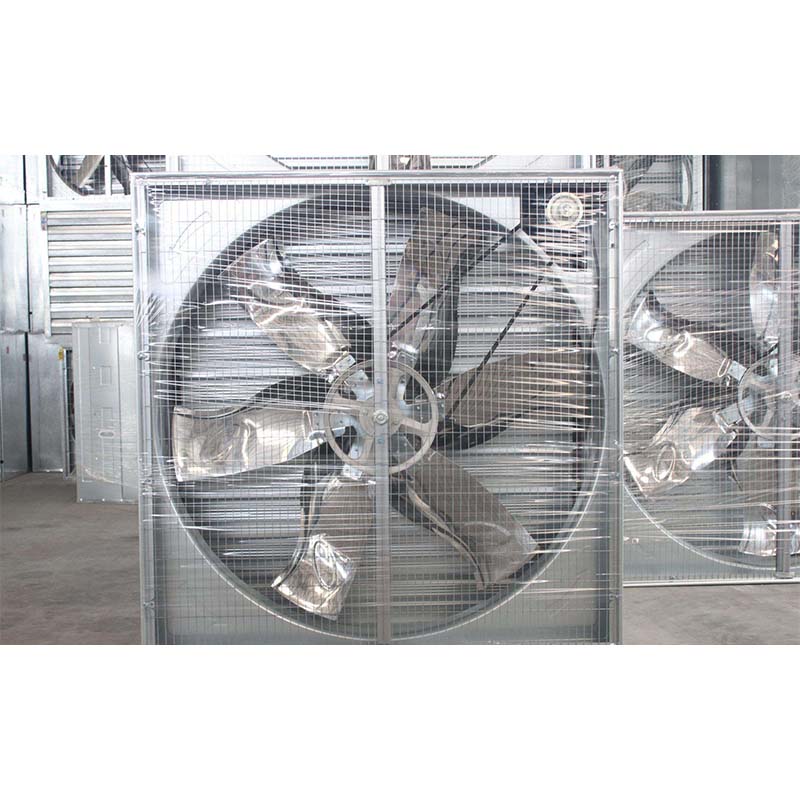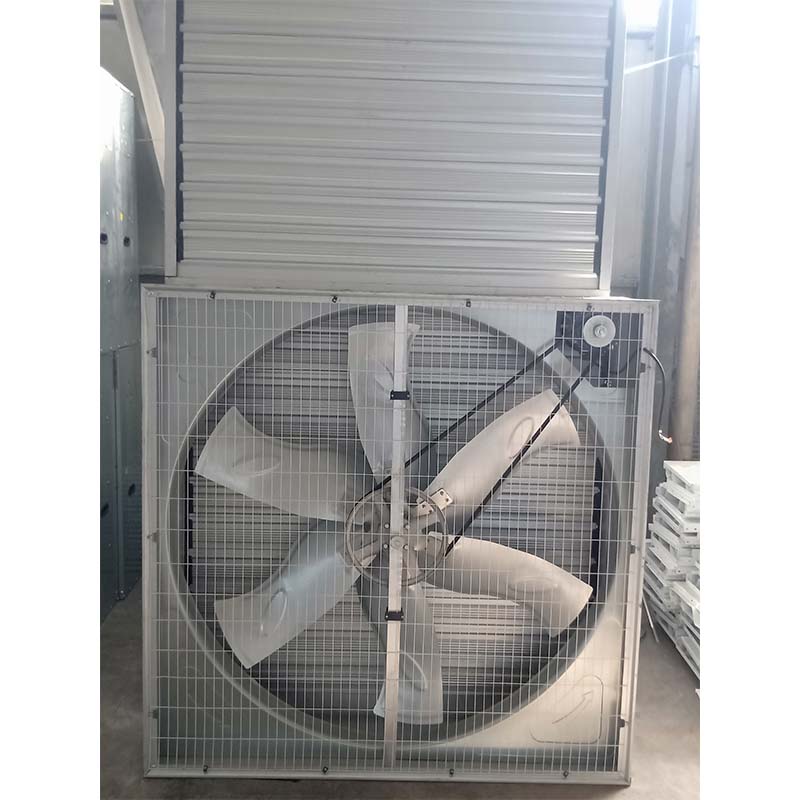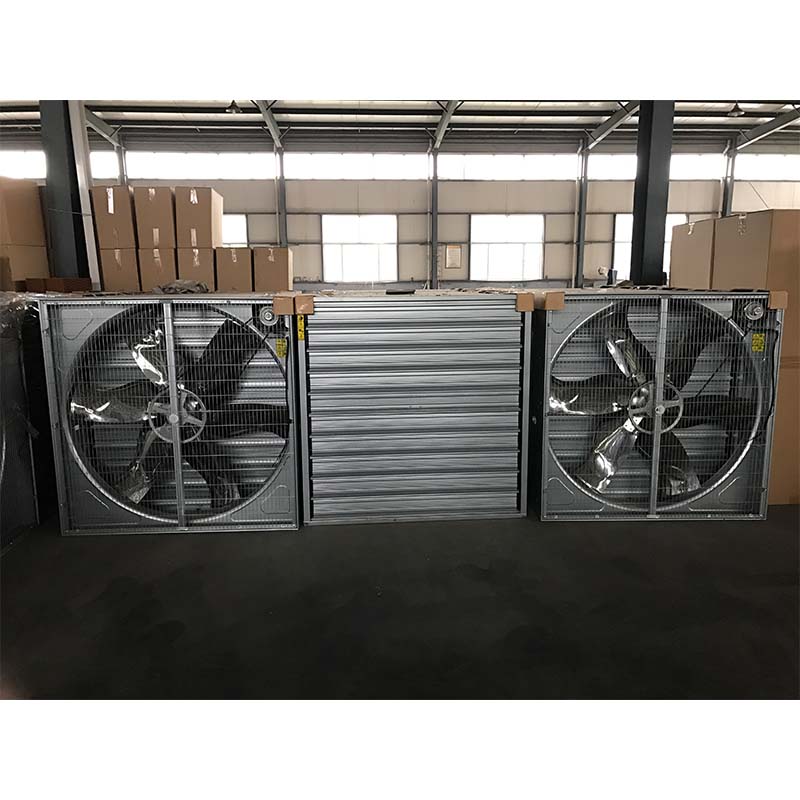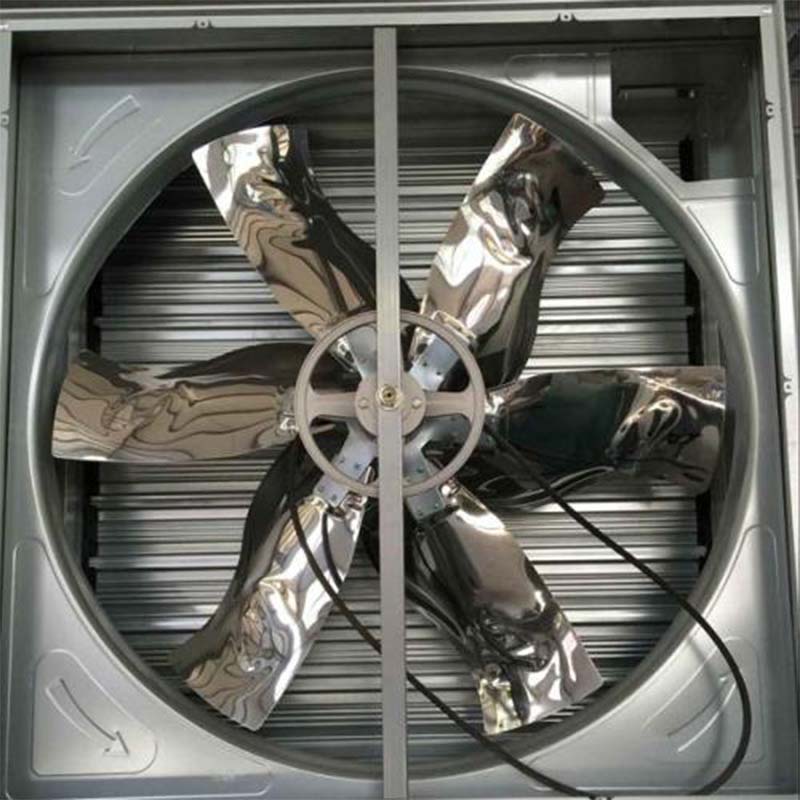Evaporative Cooling Pad – Efficient, Durable for Greenhouse
Oct . 16, 2025 14:35 Back to list
Evaporative Cooling Pad – Efficient, Durable for Greenhouse
Inside the fan-and-pad revival: what’s really happening with greenhouse cooling pads
If you’re shopping for an evaporative cooling pad (often paired with high-efficiency exhaust fans), you’ve probably noticed the market heating up again. To be honest, after touring factories in Jinwang Western Street, Industrial Zone, Anping County, Hengshui, Hebei, China, I came back convinced: the classic fan-and-pad system is having a moment.

What’s driving the trend
Energy prices, water-smart designs, and better resins. In fact, the new cellulose cores with anti-microbial treatments deliver higher saturation efficiency at lower static pressure. Many customers say they’re getting 7–10°C drops in midsummer greenhouses—of course, real-world use may vary with climate and water quality, per ASHRAE guidance [1].
System snapshot (fan + pad)
The “greenhouse ventilation cooling system” I inspected is straightforward: a bank of evaporative cooling pad panels on the intake side and high-volume fans on the exhaust side. The fan assembly—blades, belt pulley, hub, belt, bearings, supports, shutters, frame, safety mesh, and motor—pulls air through the wet pad, driving adiabatic cooling. Simple physics, still effective.

Technical specifications (typical pad media)
| Parameter | Spec (≈ / typical) |
|---|---|
| Base paper | Cellulose kraft, 120–150 gsm, cross-linked resin |
| Flute geometry | 45°/45° or 45°/15° cross-corrugated |
| Thickness | 100, 150, 200 mm |
| Saturation efficiency | ≈ 75–92% @ 1.0–1.5 m/s face velocity [1] |
| Pressure drop | ≈ 20–45 Pa (clean, wet) |
| Water quality | TDS ≤ 800 ppm recommended; pH 6–8 |
| Service life | 3–7 years (maintenance and water chemistry dependent) |
| Fire/mold | ASTM E84 and ASTM G21 options available [2][3] |
Manufacturing and testing flow
Materials are cut, resin-impregnated, corrugated, and cross-laminated; then oven-cured (≈60–70°C), edge-sealed, and framed (galvanized or 304 SS). QC includes thickness tolerance (±2 mm), pressure-drop sampling, water distribution uniformity, and optional ASTM G21 fungal resistance tests. Fan assemblies get bearing run-in and shutter cycle tests. It sounds dry, but these steps really matter for a evaporative cooling pad that lasts.

Applications and advantages
- Greenhouses and nurseries: fast drop in canopy temps, better VPD control.
- Poultry/livestock houses: heat-stress reduction without misting.
- Industrial workshops, textiles, and even data center pre-cool (select sites).
Advantages? Low kWh per ton of cooling, modular maintenance, and—surprisingly—quieter than many DX systems. However, water management and scale control are non-negotiable.

Vendor snapshot (real-world differences)
| Vendor | Paper/resin | Mold test | Lead time | Certs |
|---|---|---|---|---|
| Yize Machine (Hebei) | 150 gsm, high solids resin | ASTM G21 pass (report on request) | ≈ 12–20 days | ISO 9001, CE (motor), RoHS |
| Vendor A | 130 gsm, std resin | Basic in-house | ≈ 20–30 days | ISO 9001 |
| Vendor B | Mixed lots | Not stated | ≈ 25–35 days | - |
Customization checklist
Height/width to fit bays, 100/150/200 mm thickness, 45/45 vs 45/15 flutes (airflow vs efficiency trade), edge coatings, galvanized vs 304 frames, PVC/PP water headers, and anti-scale dosing. For hotter, dry sites, I’d lean thicker pads and 45/45; humid sites, bigger fans and careful water recirculation.

Case notes and field data
Shandong tomato house (2 ha): 150 mm evaporative cooling pad, 1.2 m/s face velocity, ΔT 8–11°C at 34°C DB/22°C WB; pad DP ≈ 28 Pa clean; ECaF fans pulled 38,000 m³/h per bay. Poultry site in Henan: dust load was high, but with weekly flush, pads held efficiency for an extra season—customers said maintenance felt “oddly easy.”
Final thought
Actually, the secret isn’t magic media—it’s balanced airspeed, clean water, and honest testing. Pick a supplier that shows you real ASTM/ASHRAE data and motor certificates, not just pretty photos. The rest falls into place.
Authoritative citations
- ASHRAE Handbook—HVAC Systems and Equipment, Evaporative Air-Cooling chapter.
- ASTM E84: Standard Test Method for Surface Burning Characteristics of Building Materials.
- ASTM G21: Standard Practice for Determining Resistance of Synthetic Polymeric Materials to Fungi.
-
Baby Chicks Cage – Global Solutions for Sustainable Poultry Farming
NewsNov.22,2025
-
Baby Chick Cage: The Essential Guide to Brooding Solutions for Poultry Farmers
NewsNov.22,2025
-
Understanding Square Grain Silos: Global Impact, Benefits, and Trends
NewsNov.21,2025
-
Automatic Feeding Line System-Anping County Yize Metal Products Co., Ltd.|Automated Feeding&Watering
NewsNov.21,2025
-
What is a Silo Automatico? Industry Applications, Benefits & Future Trends
NewsNov.20,2025
-
Practical Guide to Egg Laying Chicken Cages for Sale – Durable, Scalable & Sustainable
NewsNov.19,2025






